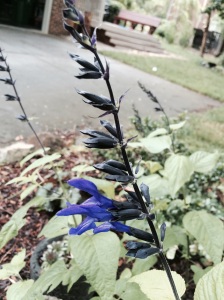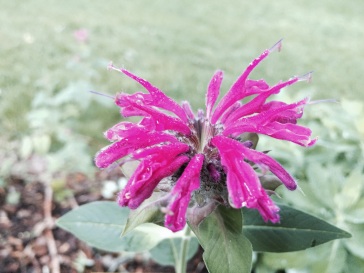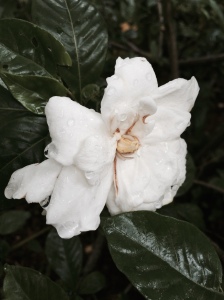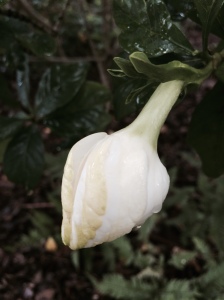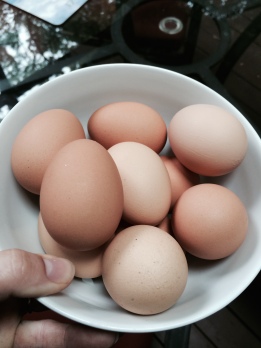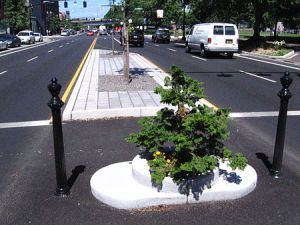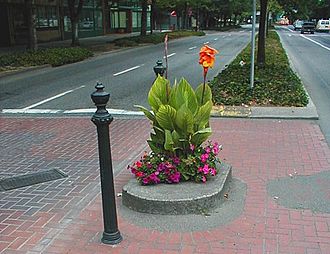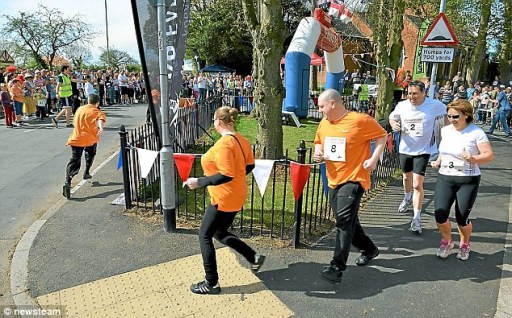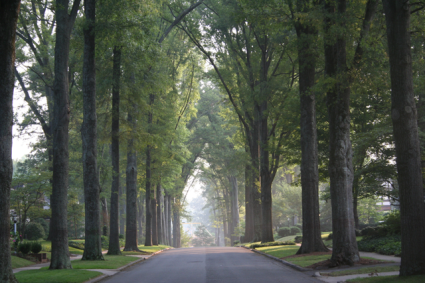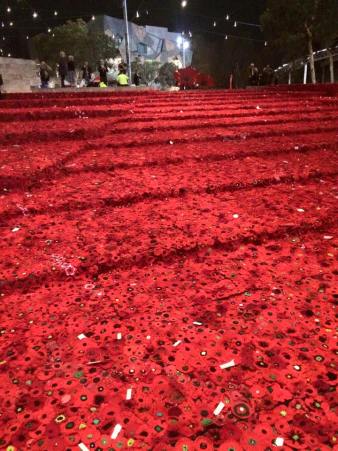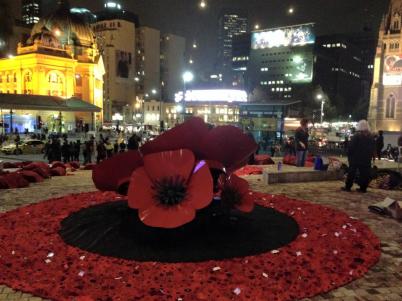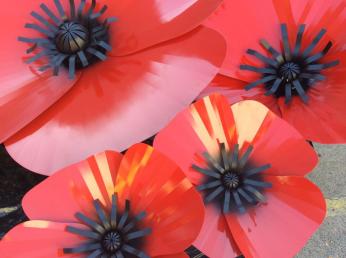Have you seen the ‘make-under’ dolls that have become so popular of late? This is where a preloved doll, like a Bratz doll, is given a ‘make-under’ and completely transformed in to a dolly with a more natural appearance. The enormous eyes and lips are gone, the crazy hair and skimpy clothing replaced by something more down to earth. More appropriate. More accessible. And more fun!

A group of Tree Change Doll kids ready to play outside. Picture courtesy of Tree Change Dolls on Facebook
The first I’d heard of a make-under doll was in February this year via this YouTube video. Sonia Singh is a Tasmanian mum and artist who has been making under dolls she’s found at local tip shops for her own daughter. Her process involves completely removing all traces of the heavy, stylized, makeup and hand painting a new face on each doll. Sonia and her mum, Sylvia, then hand sew and hand knit new, more modest and age appropriate play outfits for each doll, and even make new shoes to replace the stripper heels the original Bratz dolls sport. The end result is a completely refurbished, hand-styled doll that children say feels more like a friend, someone they might actually know in real life, dolls that are more friendly and fun to play with.
I can see what they mean. The before and after pictures reveal a marked difference between the impossibly proportioned Barbies and trashy Bratz dolls, and the more natural Tree Change Dolls that Sonia creates. Here is a recent example of Sonia’s work.

Picture from Tree Change Dolls facebook page.

Bindi – July’s charity doll. Picture from TreeChangeDolls.com

Sonia Singh and one of her Tree Change Dolls. Image from Tree Change Dolls on Facebook
I love this idea on so many levels. First, there is the whole recycling piece. Turning someone else’s trash in to treasure and preventing the unwanted dolls from becoming landfill. Love that!
And then there is Sonia’s philosophy of taking dolls with hyper-sexualised features (ugh, truly truly awful) and transforming them in to what looks pretty close to being a kid you might actually know, all while providing an alternative, slightly feminist, certainly positive message to young girls.
And you know what else I love? Sonia makes of point of not editing perceived ‘flaws’ that children might naturally have, like freckles, bushy eyebrows and buck teeth but adds them in to create personality. Love that, too.
People just can’t get enough of these dolls. Back in February Sonia’s original story was quickly picked up by social media and all of a sudden she become quite the viral sensation. Her dolls, which she sells through her Etsy shop, are just about impossible to come by as they all sell out in a matter of minutes after every listing. Clearly, Sonia has struck upon an underserved niche in the toy market and, no doubt, could make fists full of money by licensing with Mattel. But instead of holding on greedily to her great idea Sonia has created a number of How-To videos to encourage regular peeps like you and me to have a go at upcycling old unwanted dollies ourselves. How amazing is that?
So, of course, I had to give it a try 🙂
Here is the strumpet, Jazzmyn, I picked up at a local op-shop. She was $2.50. Not as whorey as I was hoping to find, quite honestly, but still.
And after a bit of tinkering, here she is now.
I think she turned out pretty well for a first try. My kids love her. And it was a lot of fun to make her some new clothes, boots and some chicken friends 🙂 She reminds me a lot of a little girl I volunteered with in my youngest’s kindergarten class, Daniza. Now, who would you want your 6 year old to play with: Jazzmyn with her sassy mouth and stripper heels, or Daniza and her cute chickens?
Another thing I like about Sonia is that each month she puts one of her dolls up for auction on Ebay with some of the proceeds benefiting a different charity. Bindi, the dolly at the top of this story, was auctioned off this month for just over AUD1000 with proceeds to go to The Indigenous Literacy Foundation. Ah.May.Zing.
I love everything about this. The social responsibility piece. The recycling. The positive body image message for young girls. The entrepreneurial spirit of a mum from Tassie! Love. Love. Love. Don’t you?


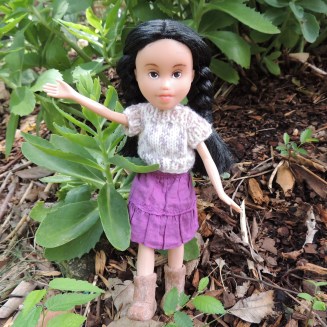
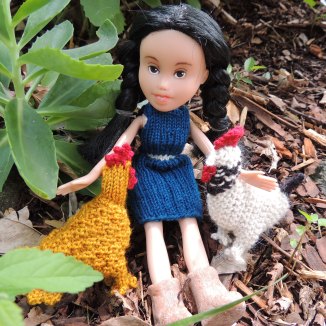

 You also need some sterilized glass jars to put the jam in, and 2 piece lids to seal the jars. I handwash my glass jars well in hot, soapy water before putting them in the boiling-water filled canner to keep hot and sterile while I make the jam.
You also need some sterilized glass jars to put the jam in, and 2 piece lids to seal the jars. I handwash my glass jars well in hot, soapy water before putting them in the boiling-water filled canner to keep hot and sterile while I make the jam. 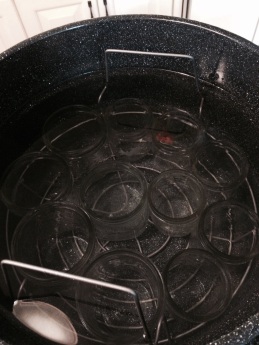
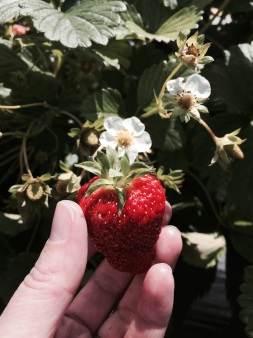
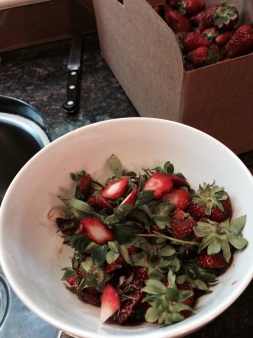
 Step 3 – Once you get to 5 cups put the crushed berries in a large saucepan over high heat, add a packet of powdered pectin and 1/2 tsp of butter to the pan and start stirring. Pectin is a naturally occuring substance found in ripe fruits that can be added to jams and jellies to help them set. You can find it at the supermarket. There is also a low sugar version you can try but I’ve only ever used the full-monty, regular version.
Step 3 – Once you get to 5 cups put the crushed berries in a large saucepan over high heat, add a packet of powdered pectin and 1/2 tsp of butter to the pan and start stirring. Pectin is a naturally occuring substance found in ripe fruits that can be added to jams and jellies to help them set. You can find it at the supermarket. There is also a low sugar version you can try but I’ve only ever used the full-monty, regular version.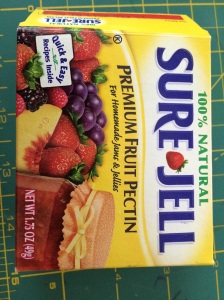
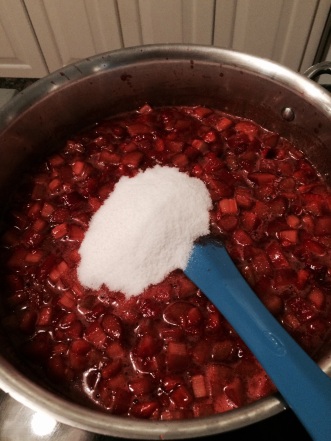
 Wipe the rim of the jar with a wet paper towel before fitting the 2 piece lid on.
Wipe the rim of the jar with a wet paper towel before fitting the 2 piece lid on.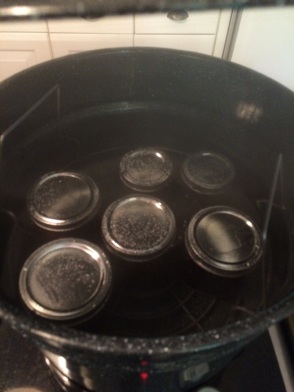
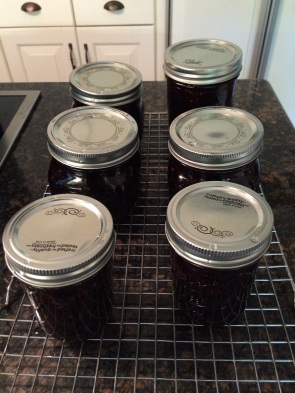
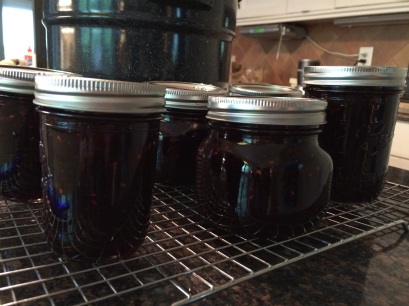 Step 8 – Voila! The best homemade Jumbleberry Jam Evah! Don’t forget to print up some cute labels for your jars. Believe me, after a few months you will absolutely forget what kind of jam it is that you made and you’ll be glad you did. Homemade jam makes wonderful gifts (I think) for teachers, babysitters and friends who need a boost. I hope you try it. Making jam is easy, satisfying and a delicious treat.
Step 8 – Voila! The best homemade Jumbleberry Jam Evah! Don’t forget to print up some cute labels for your jars. Believe me, after a few months you will absolutely forget what kind of jam it is that you made and you’ll be glad you did. Homemade jam makes wonderful gifts (I think) for teachers, babysitters and friends who need a boost. I hope you try it. Making jam is easy, satisfying and a delicious treat.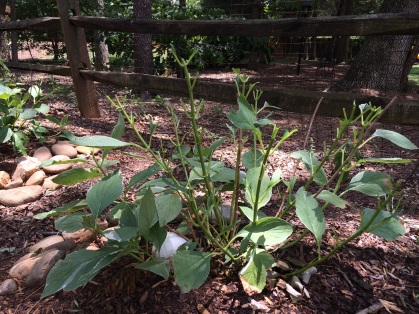

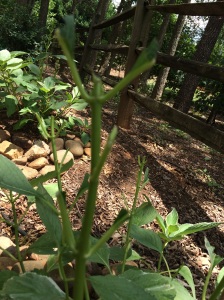
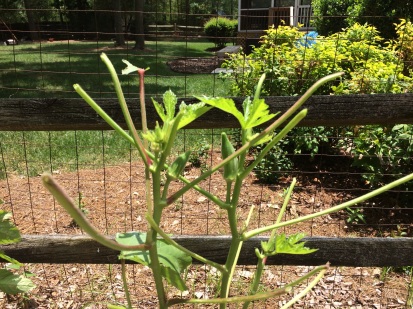
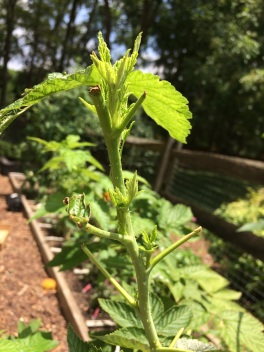





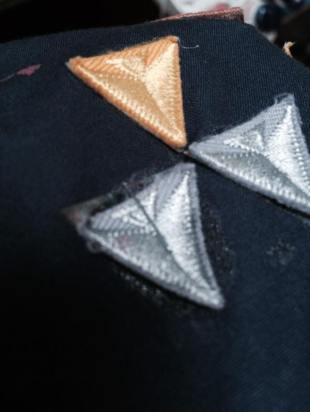
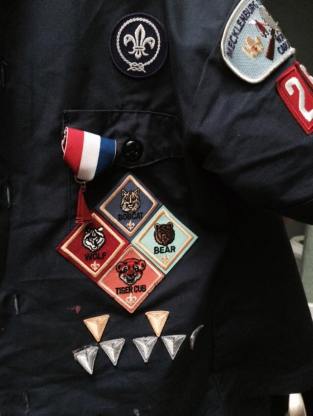


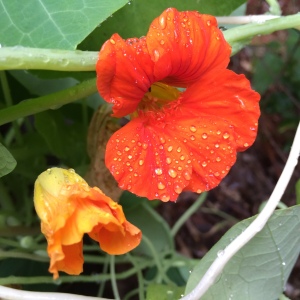

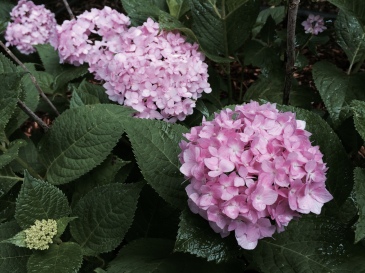
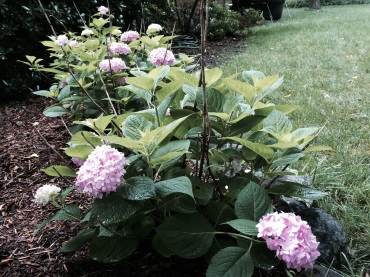

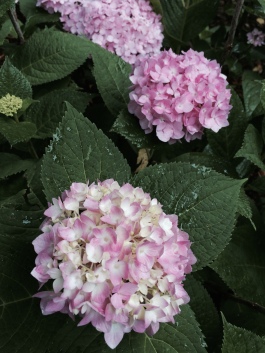


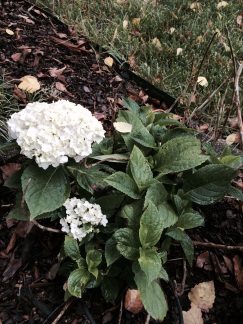


 So pretty, right? But every year in my garden it looks like this:
So pretty, right? But every year in my garden it looks like this:
